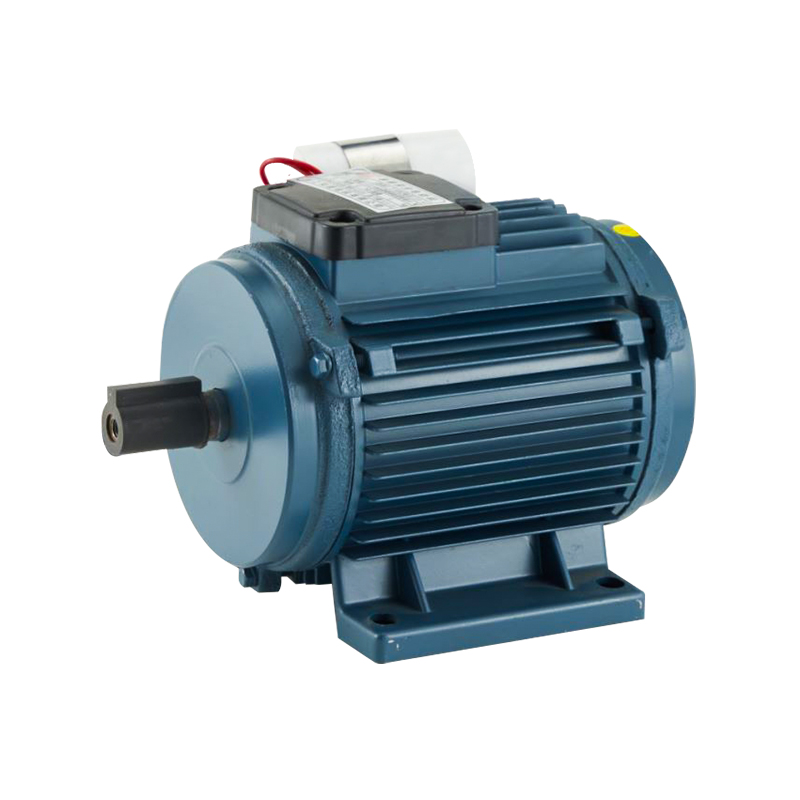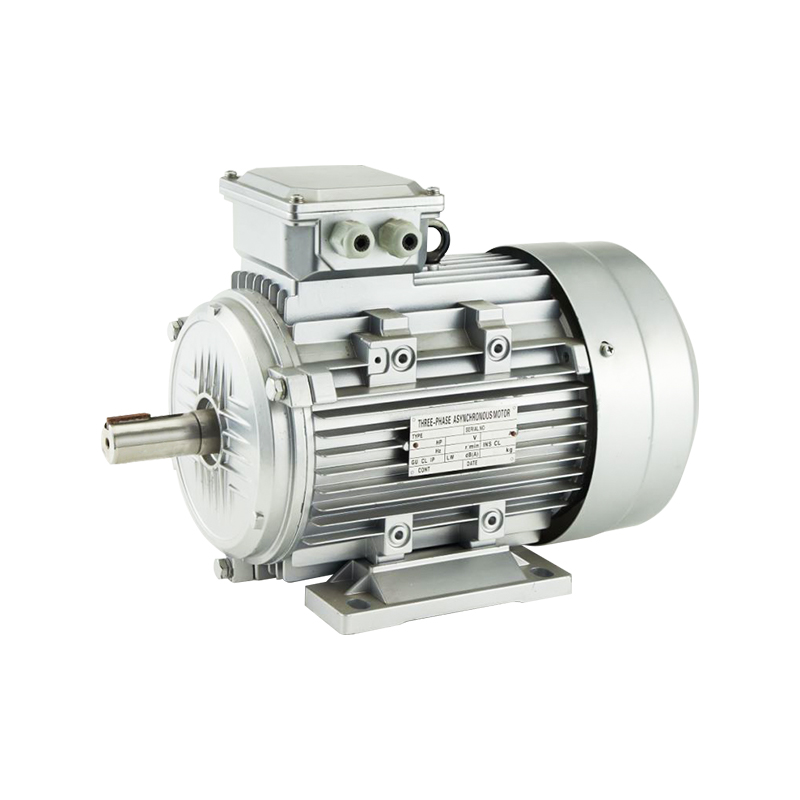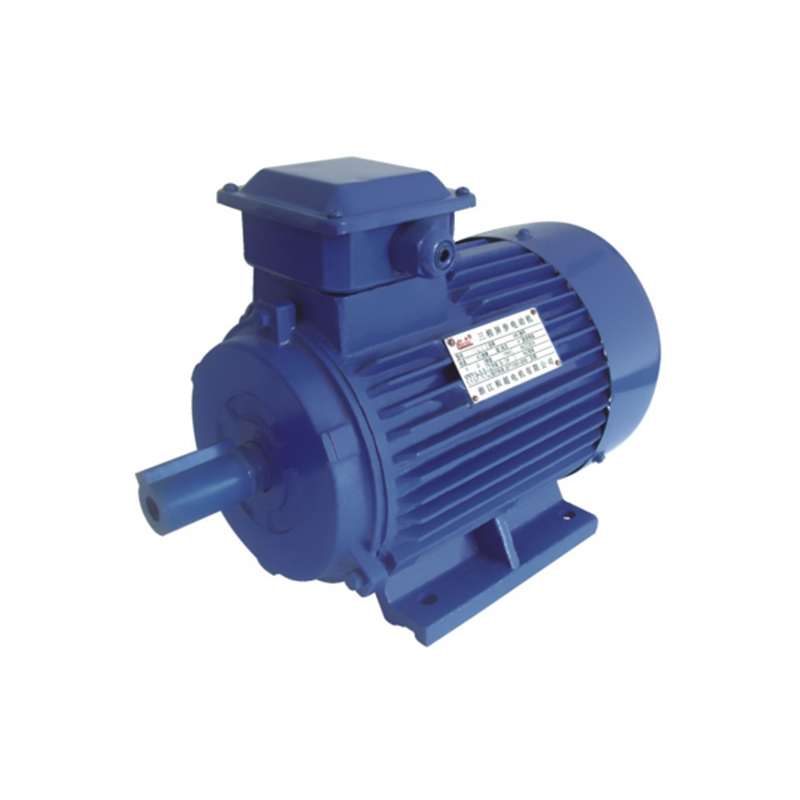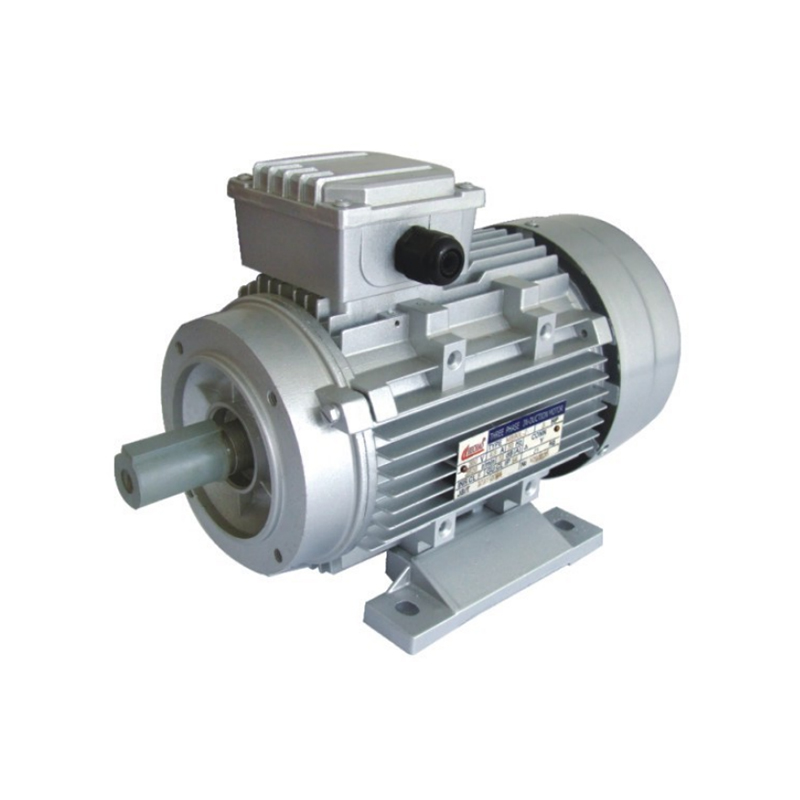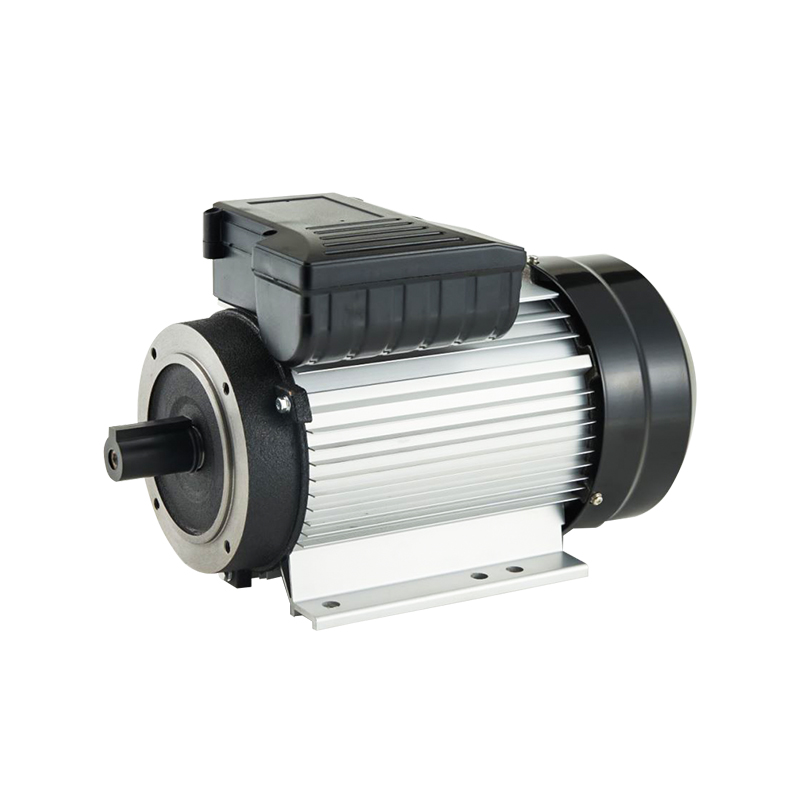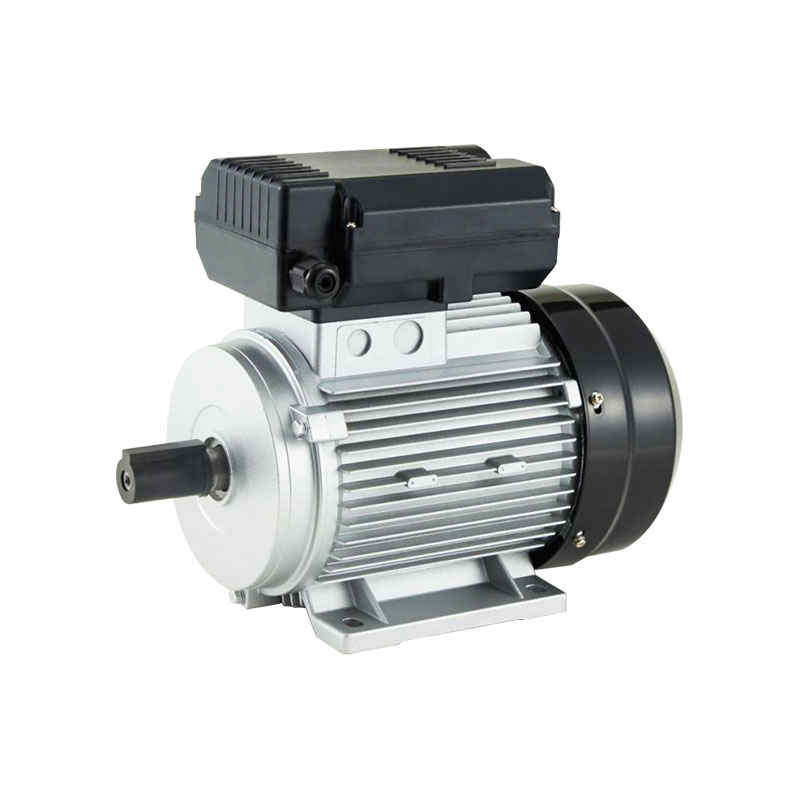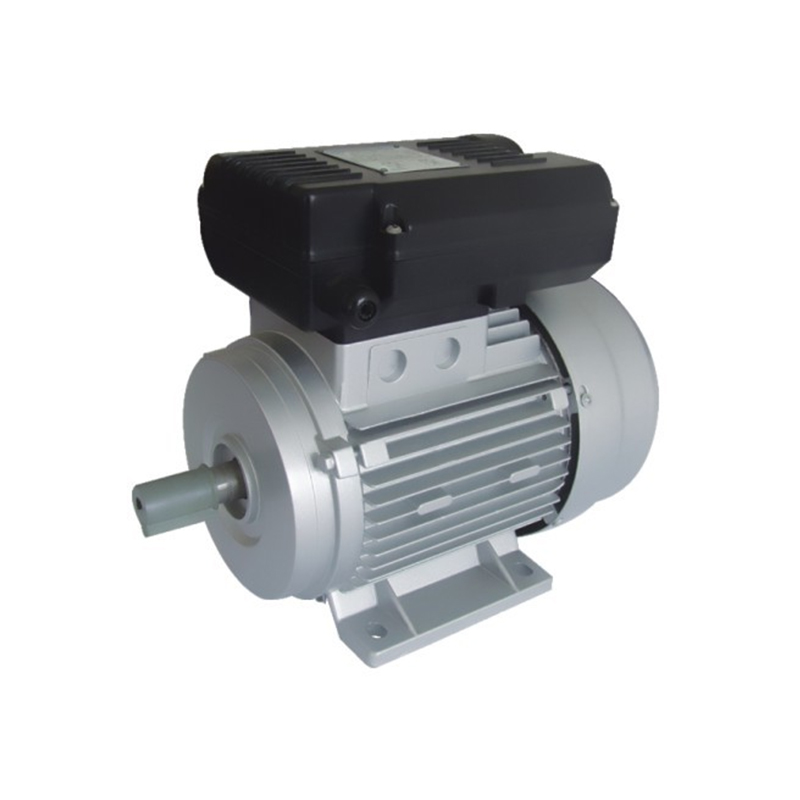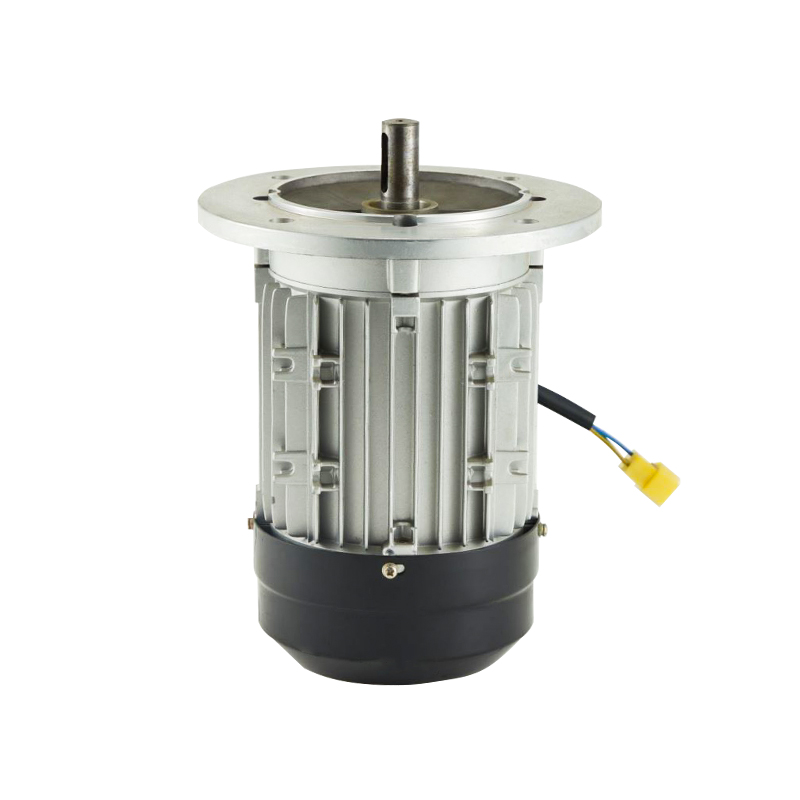Both alternating current motors and direct current motors have distinct roles in various industries, especially in automotive applications where reliability and precision are essential. In recent years, DC motors have seen significant growth in automotive systems due to their ability to provide precise control of speed and torque.
Why DC Motors Matter in Automotive Technology
While AC motors are widely used in heavy industrial applications for their durability, DC motors offer advantages that suit the specific demands of automotive systems. Their ability to provide smooth, variable speed control and strong starting torque makes them ideal for applications such as:
Power windows and seat adjusters
Electric door locks
Windshield wipers
Cooling fans
Battery management systems
Understanding these applications is essential for procurement teams seeking motors that meet automotive standards in performance and reliability.
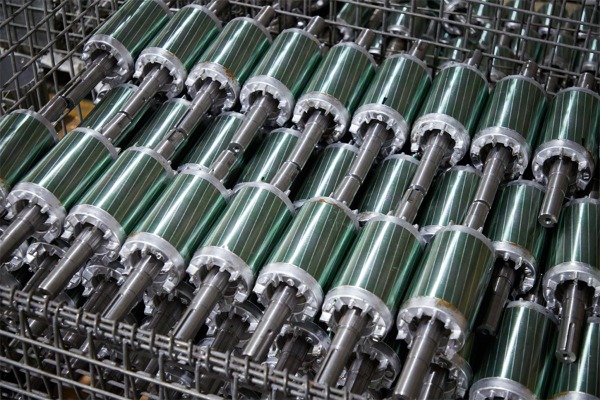
Key Trends Driving DC Motor Adoption in Vehicles
The automotive industry is undergoing a transformation toward more electric and automated vehicles. DC motors play a crucial role in this shift due to several factors:
1. Electrification of Vehicle Components
Many traditional mechanical components are being replaced or supplemented by electrically driven parts, which often use DC motors for their compact size and efficiency.
2. Increasing Demand for Precision Control
Modern vehicles incorporate advanced driver assistance systems (ADAS) requiring components that respond precisely and quickly — areas where DC motors excel.
3. Growth in Electric and Hybrid Vehicles
DC motors are integral in battery management and auxiliary systems within electric and hybrid vehicles, contributing to improved energy utilization.
Market Growth and Economic Outlook
According to industry reports, the market for automotive DC motors is expected to grow steadily through 2025. Factors influencing this growth include:
Expanding electric vehicle production worldwide
Rising consumer expectations for vehicle comfort and automation
Regulatory push toward lower emissions and energy-efficient systems
The market size is forecasted to reach significant levels, with compound annual growth rates (CAGR) around 6.5%. This growth highlights the increasing reliance on DC motor technology in automotive manufacturing.
Technological Innovations Enhancing DC Motor Performance
To keep pace with automotive requirements, DC motors are evolving in various ways:
Brushless DC Motors (BLDC): These provide higher efficiency, reduced maintenance, and longer lifespans compared to traditional brushed motors.
Miniaturization: Smaller, lighter motors allow integration into compact vehicle components.
Improved Materials: Use of advanced magnets and insulation materials enhances motor durability and performance under automotive operating conditions.
These innovations ensure DC motors remain competitive and capable of meeting evolving automotive demands.
What Buyers Should Consider When Selecting DC Motors
When sourcing DC motors for automotive applications, it is vital to assess:
Compliance with Industry Standards: Motors must meet quality and safety certifications specific to automotive sectors.
Performance Specifications: Consider torque, speed range, power consumption, and noise levels.
Supplier Reliability: Choose manufacturers with proven experience in automotive motor production and testing.
Engaging with suppliers who understand the intricacies of automotive DC motors can help ensure product suitability and long-term reliability.
In 2025, direct current motors continue to expand their footprint in the automotive industry. Their adaptability, precision, and evolving technologies make them ideal for the growing number of electric and automated vehicle systems.
Now that you have an overview of the trends and benefits of DC motors in automotive applications, you can better align your procurement strategies with these technological advancements. For tailored motor solutions or further technical details, reaching out to specialized manufacturers is a recommended next step.

